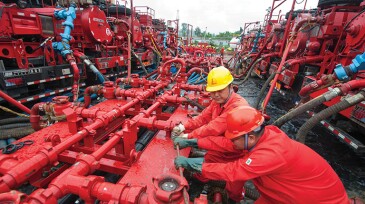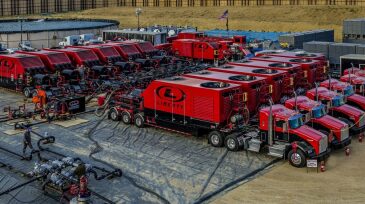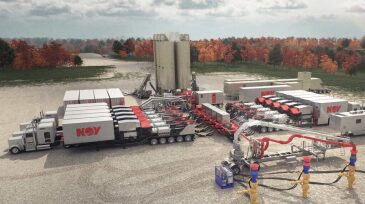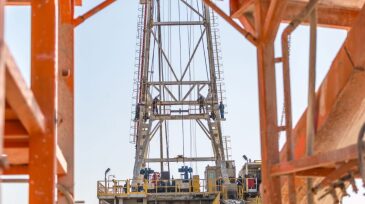Hydraulic Fracturing Content Feed
-
In striving to boost production of shale gas and tight oil, China is trying enhanced-hydraulic-fracturing technology and real-time data analysis in the Sichuan shale basin. In Daqing’s tight-oil fields, an alternative fracture-completion strategy and post-stimulation flowback technology has been tested.
-
Murphy Oil has created a work flow to normalize the tags it uses when collecting data on its hydraulic fracturing stages. The work flow described here empowers decision makers, who no longer wait for hours to collect data or waste hours cleaning and preparing data for analysis.
-
The all-stock deal doubled Liberty’s working pressure-pumping capacity without adding any debt to its balance sheet, while Schlumberger retains a 37% equity interest.
-
A trio of field studies recently presented at the 2020 SPE Annual Technical Conference and Exhibition highlights in different ways how emerging technology and old-fashioned problem solving are moving the industry needle on proppant and conductivity control.
-
An investigation of casing damage led Chesapeake Energy and Well Data Labs to identify patterns in the treating pressure data that are useful markers when trouble is likely.
-
The complete paper describes the first implementation of a solution to control fracture height for conventional wells in the Pannonian Basin.
-
Skipping one traditional step in the supply chain might save oil and gas companies hundreds of millions of dollars a year while making a meaningful dent in emissions.
-
A Canadian company reports that it has drilled and completed a historic horizontal well in Saskatchewan.
-
Electrically powered completions equipment takes another step toward greater sector adoption with the announcement of this new agreement.
-
The first delivery of shale gas in the UAE marks a major milestone toward its goal of reaching 1 Bcf/D by 2030. It also signals the expansion of hydraulic fracturing in the UAE’s conventional fields.










